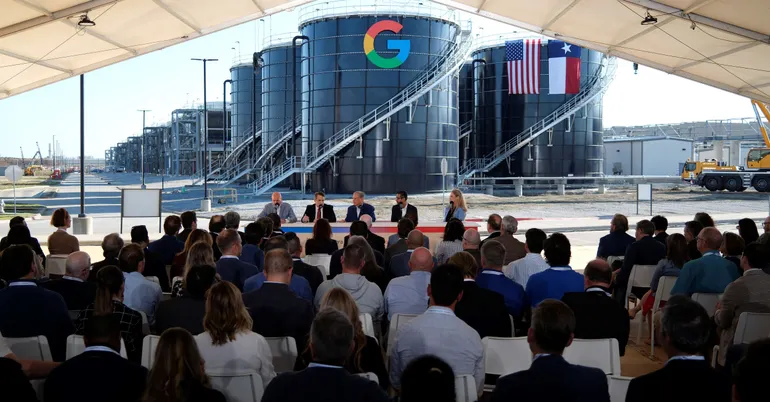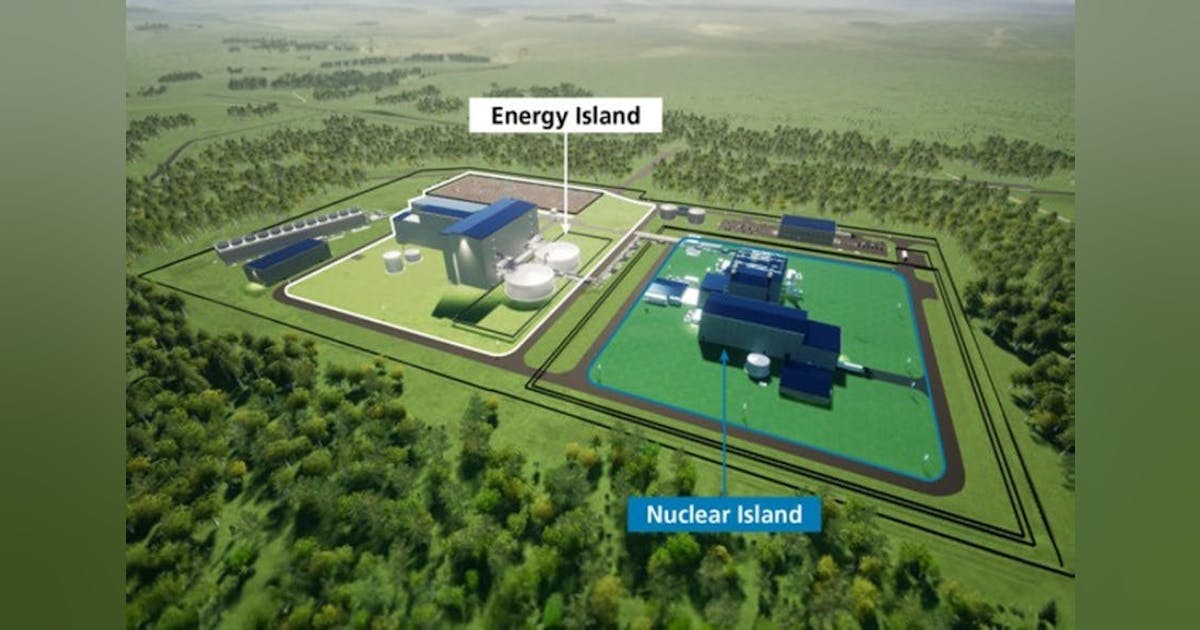
In a market that continues to be dominated by bearish supply sentiment, one of the few bullish drivers is the fragility of Russian supply.
That’s what Standard Chartered Bank Energy Research Head Emily Ashford said in a report sent to Rigzone by the Standard Chartered team earlier this week, adding that both crude and refined product exports are being curtailed by the pressure of focused sanctions on Russian oil producers, a lowered crude oil price cap, and ongoing missile and drone attacks on oil and gas export infrastructure.
“On 14 November the port of Novorossiysk, in Krasnodar Krai, was targeted by missiles and drones, with a focus on the Sheskharis oil terminal,” Ashford highlighted in the report, noting that the terminal “has an export capacity of c.2.2 million barrels per day” and that “loadings were suspended for two days”.
“Ukraine’s attacks on a series of Black Sea export terminals have highlighted the vulnerability of exports via Russia’s southern route,” Ashford noted in the report.
“This is particularly important, with weather closing down the Northern Sea Route via the Arctic over the winter. The winter transit routes to Asia are then limited to the Suez Canal and take, on average, 10 days longer,” Ashford added.
“These longer transits are a contributing factor to the increased volumes of oil on water, which have increased by 294 million barrels year on year to an all-time high of 1.37 billion barrels as of 14 November, according to data from Vortexa,” Ashford continued.
In the report, Ashford went on to note that Russian crude exports “have … remained relatively steady” but added that Standard Chartered expects to see “a sharp slowdown after the 21 November deadline for dealings with the two sanctioned oil producers”.
“This is likely also a contributing factor to the volumes of oil on water,” Ashford said.
Ashford also highlighted in the report that the crude market’s reaction to the Novorossiysk port attack and loadings suspension “was a brief shrug, with prices normalizing quickly”.
“Focus remains on the middle distillates space, which is sustaining strength. Ongoing attacks might extend the duration of the gasoline export ban (currently in place until end-2025) or broaden the restrictions on diesel exports (a partial ban for resellers is in place until end-2025),” Ashford said.
“Strength in product cracks has continued for a further week. At the time of writing, the ICE gasoil-Brent crack is in excess of $34 per barrel, its highest since September 2023, and it has closed above $30 per barrel for the last eight trading days,” Ashford added.
In the report, Ashford noted that Brent crude prices traded broadly sideways for a further week.
“Brent blend for January delivery settled at $64.20 per barrel on 17 November, a week on week rise of just $0.14 per barrel,” Ashford added.
“SCORPIO, our machine learning model, had forecast a sideways move, although it was a little more pessimistic, with a forecast $0.52 per barrel lower than the actual settlement,” Ashford added.
“This week the model is considerably more pessimistic, forecasting a week on week decrease of $1.83 per barrel to a 24 November settlement of $62.37 per barrel,” Ashford continued.
The Standard Chartered report projected that the ICE Brent nearby future crude oil price will average $65.00 per barrel in the fourth quarter of this year and $68.50 per barrel overall in 2025.
Rigzone has contacted the Department of Information and Press of the Russian Ministry of Foreign Affairs, the Ministry of Energy of the Russian Federation, the Press Office of the Ministry of Foreign Affairs of Ukraine, and the Ministry of Energy of Ukraine for comment on the Standard Chartered report. At the time of writing, none of the above have responded to Rigzone.
In a Skandinaviska Enskilda Banken AB (SEB) report sent to Rigzone by the SEB team on Thursday, SEB Commodities Analyst Ole R. Hvalbye noted that “attention is again turning to Russian supply risk with U.S. sanctions on Rosneft and Lukoil set to take effect on Friday”.
“There are already indications of buyers shifting barrels away from the two companies toward smaller Russian exporters and non-Russian alternatives,” Hvalbye highlighted in the report.
“At the same time, more tankers have recently been booked to move Middle Eastern crude into India, a subtle signal that refiners may be preparing for complications around Russian flows,” Hvalbye added.
“European leaders have also stepped-up pressure on Moscow, while the EU is exploring measures to crack down on Russia’s expanding ‘shadow fleet’,” Hvalbye went on to state.
Rigzone has contacted Lukoil, Rosneft, India’s Ministry of External Affairs, the Department of Information and Press of the Russian Ministry of Foreign Affairs, the Ministry of Energy of the Russian Federation, and the European Commission for comment on the SEB report. At the time of writing, none of the above have responded to Rigzone.
To contact the author, email [email protected]






















